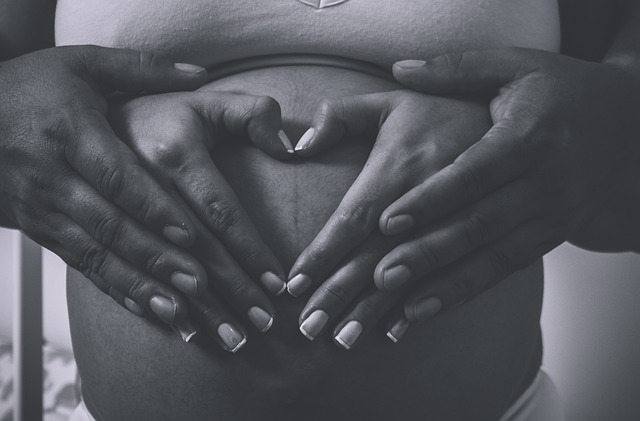By: Jessica Thompson
Date: May 15, 2023
I’m feeling unwell and should be getting some rest, but sleep eludes me. My partner, Mark, comes in to rub my back as our kids, also under the weather, wreak havoc on our living room. “You really should try to sleep,” he suggests. “You’ll feel better if you rest.”
I shrug off his comforting gesture and throw the blankets aside. “I can’t sleep. I keep worrying about the socks I ordered.”
He looks puzzled. “The socks?”
“Yes, the knee-high ones I bought for the boys on that site,” I explain. “I can’t shake this feeling of dread. And every time I think of a lyric from Hamilton, another wave of panic hits me. This keeps happening every five minutes.”
“But you love Hamilton!”
“It doesn’t have to make sense. I think I need a legally prescribed Xanax.”
This is what living with generalized anxiety disorder (GAD) feels like. You might be familiar with GAD if you think of anxiety disorders in general, which can include social anxieties or phobias. GAD means that everyday concerns can send you into a tailspin. Sometimes, it’s about social situations. Other times, it’s fears regarding world events or even mundane matters.
For instance, you might irrationally worry that your car won’t start in the morning, even though it happened once two years ago. You know you can call for help if needed, but that doesn’t ease your anxiety. You approach the car with a sense of dread, only feeling relief once the engine roars to life and the dashboard lights illuminate. This daily ritual is necessary since you need to drive your kids to school, yet it’s a source of stress every single morning.
Then there’s the fear of being the first to arrive at a playdate. Why? You know other parents will come eventually. To avoid being late, you leave early but not too early to grab coffee. Sitting alone for those awkward moments before others arrive feels unbearable. What will your kids do without other playmates? And what will you do without adult interaction? You don’t want to appear glued to your phone, yet the idea of pushing them on the swings feels like a chore.
You attempt to watch them play, but what if something bad happens? Shouldn’t you have brought your dog? He’s big and intimidating, which might deter any potential trouble. Logically, you understand that you’ll pull into the park, let the kids run free, and kill time until your best mom friend arrives. Yet, those few moments of solitude seem excruciatingly overwhelming for no apparent reason.
Your worries extend to your children’s upbringing. You fret that they might have too many toys, which could stifle their imagination. But if you remove some, will they resent you? Is it even fair to take away someone’s belongings? You stress over their screen time, recognizing it might hinder creativity, yet you also see how it calms them. You oscillate between concerns about their outdoor playtime and the small details — mismatched socks or a smudge on their shirt. For someone grappling with GAD, these adorable little ones become focal points of anxiety.
Then comes the inexplicable dread — like when faced with piles of laundry. They linger in my kitchen, taunting me with their overwhelming presence. It takes a mountain of patience and a legally prescribed Klonopin to tackle sorting them. And once I do, I often leave them in baskets, unfiled, because who has time to fold? I worry about what others think, especially the babysitter, and I joke about being too busy with art projects to worry about laundry. Yet, I still fear their judgment.
The babysitter — a source of anxiety all on her own. Unless you’ve experienced GAD, you can’t understand the panic that arises when hiring someone to care for your children. You stress over whether your home is clean enough, especially the bathrooms and the kids’ room, which can resemble disaster zones. You plead with the sitter to enforce tidiness, recalling that one time your kids didn’t listen, leaving you in tears. And when you leave, you pray she keeps them safe and knows what to do in an emergency.
Essentially, living with GAD means being gripped by fears that range from sensible (like car accidents) to utterly irrational (like laundry). Telling us not to worry won’t help; if we could just switch it off, we would. The chaos of our minds isn’t easily soothed by rational thoughts. We must navigate life, confronting one anxiety at a time.
Many find relief through therapy or medication, but often, a simple hug from a loved one can make all the difference. Understanding doesn’t require you to have experienced it yourself; just being present can be a tremendous comfort. And if you ever feel compelled to help, folding the laundry wouldn’t hurt.
For more insights on parenting and anxiety, check out our Modern Family Blog or explore resources about home insemination like the BabyMaker. For comprehensive information on fertility, visit Cleveland Clinic’s podcast.
In summary, living with GAD can be a tumultuous journey filled with irrational fears and anxieties about daily life. Finding support and understanding can help alleviate some of the burdens, but the struggle is often a reality for many.
